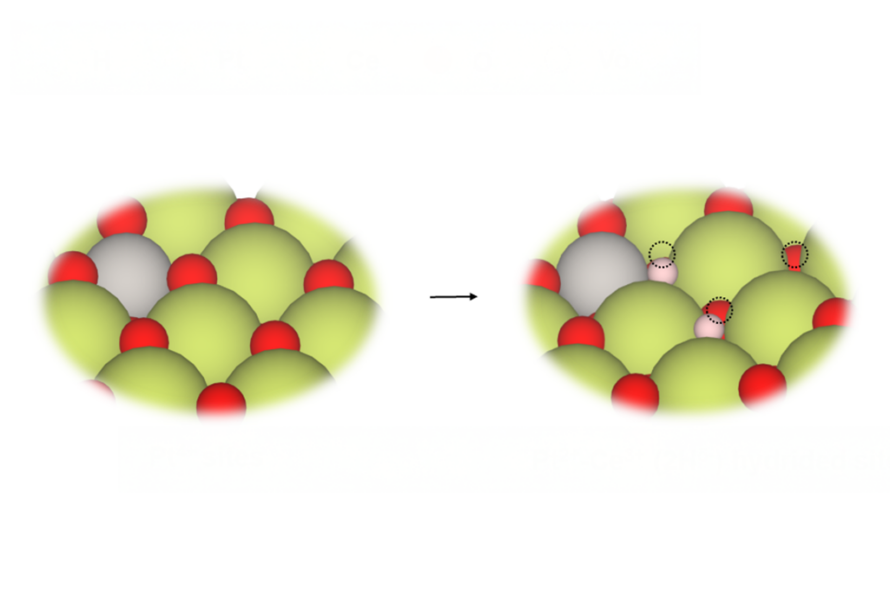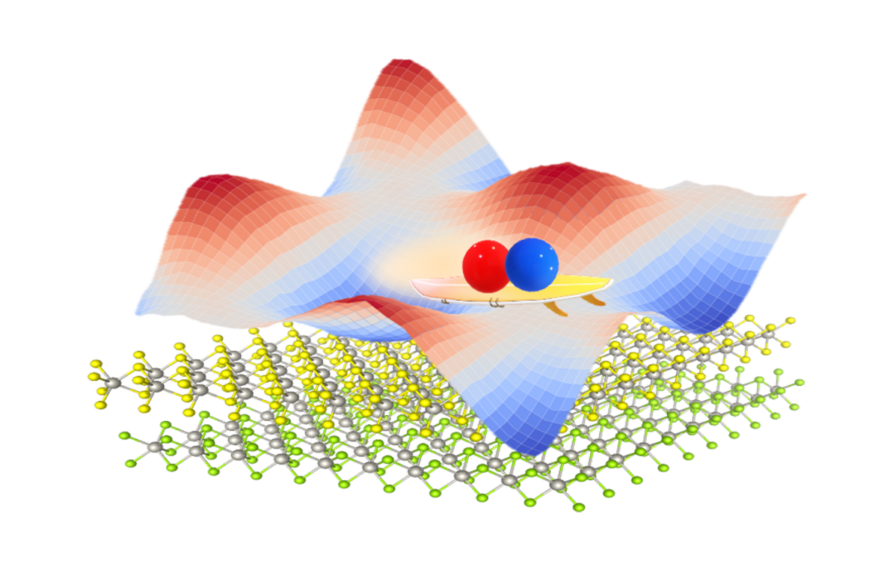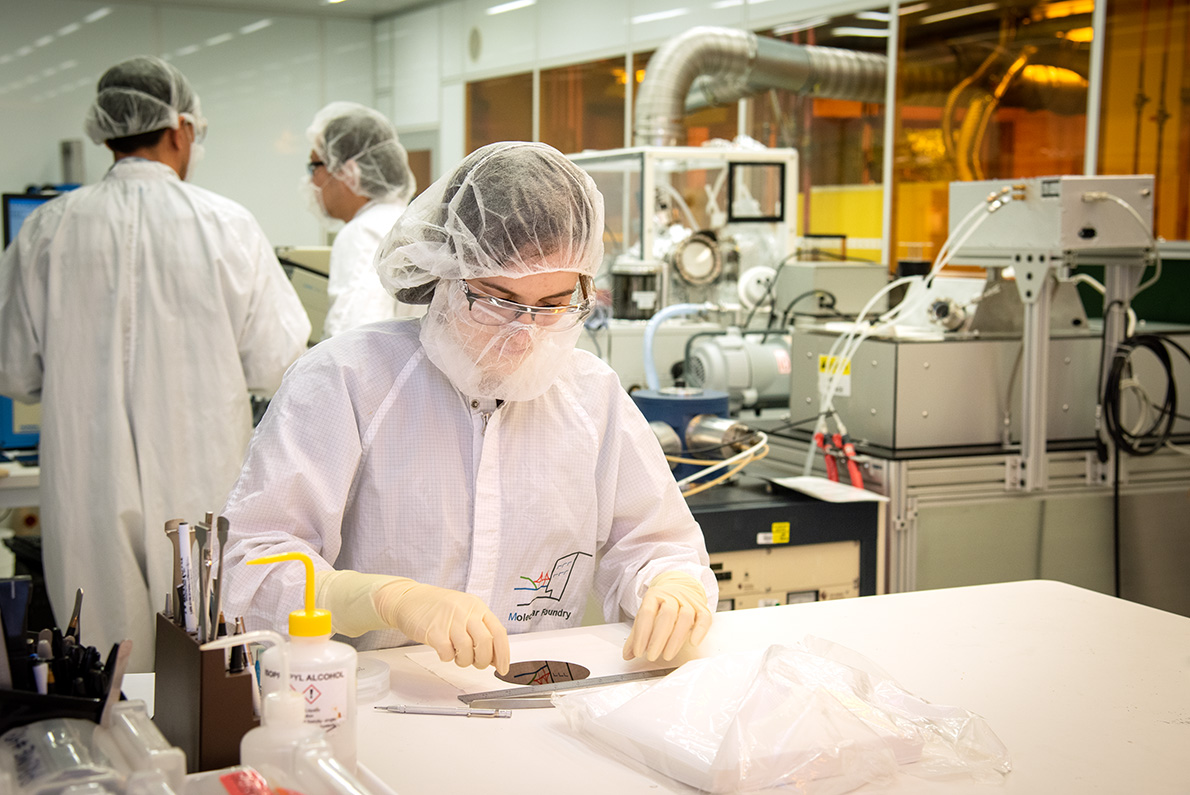Since 2006, the Molecular Foundry at the Department of Energy’s Lawrence Berkeley National Laboratory has empowered thousands of researchers to explore, engineer, and understand materials at the atomic scale—unlocking discoveries with far-reaching impact. As a national user facility, the Foundry fosters collaboration and provides access to cutting-edge tools and expertise that have helped shape breakthroughs well beyond the nanoscale across every field of science. From infinitely recyclable plastic to next-generation electronics, here are six ways the Molecular Foundry and its user community have helped drive innovations that touch everyday life.
In this interview, Ashfia shares with us the Foundry’s mission, its capabilities, and some of the groundbreaking research that has been conducted there.
World-leading microscope fuels innovation in computer chips, batteries, medicine
The development of the Transmission Electron Aberration-corrected Microscope (TEAM) at the Molecular Foundry’s National Center for Electron Microscopy has enabled breakthroughs in atomic resolution imaging. This remarkable technology allows scientists to observe and monitor the movement of individual atoms in real time and in 3D, opening doors to applications from drug discovery to computer-chip technology.
This capability has enabled researchers to improve semiconductor materials that may one day result in faster computer chips and advanced quantum computing technologies; it has played a key role in advancing our understanding of materials like graphene for smaller, faster electronics; and it can now even capture the motion of atoms in real time, offering critical insights for building next-generation batteries.
The fast detector technology designed for the TEAM project also proved essential for the development of Cryo-Electron Microscopy, a Nobel Prize-winning technique in which researchers can freeze and visualize the structures of proteins, viruses, and other biomolecules in extraordinary detail, accelerating drug discovery and development for medical conditions.
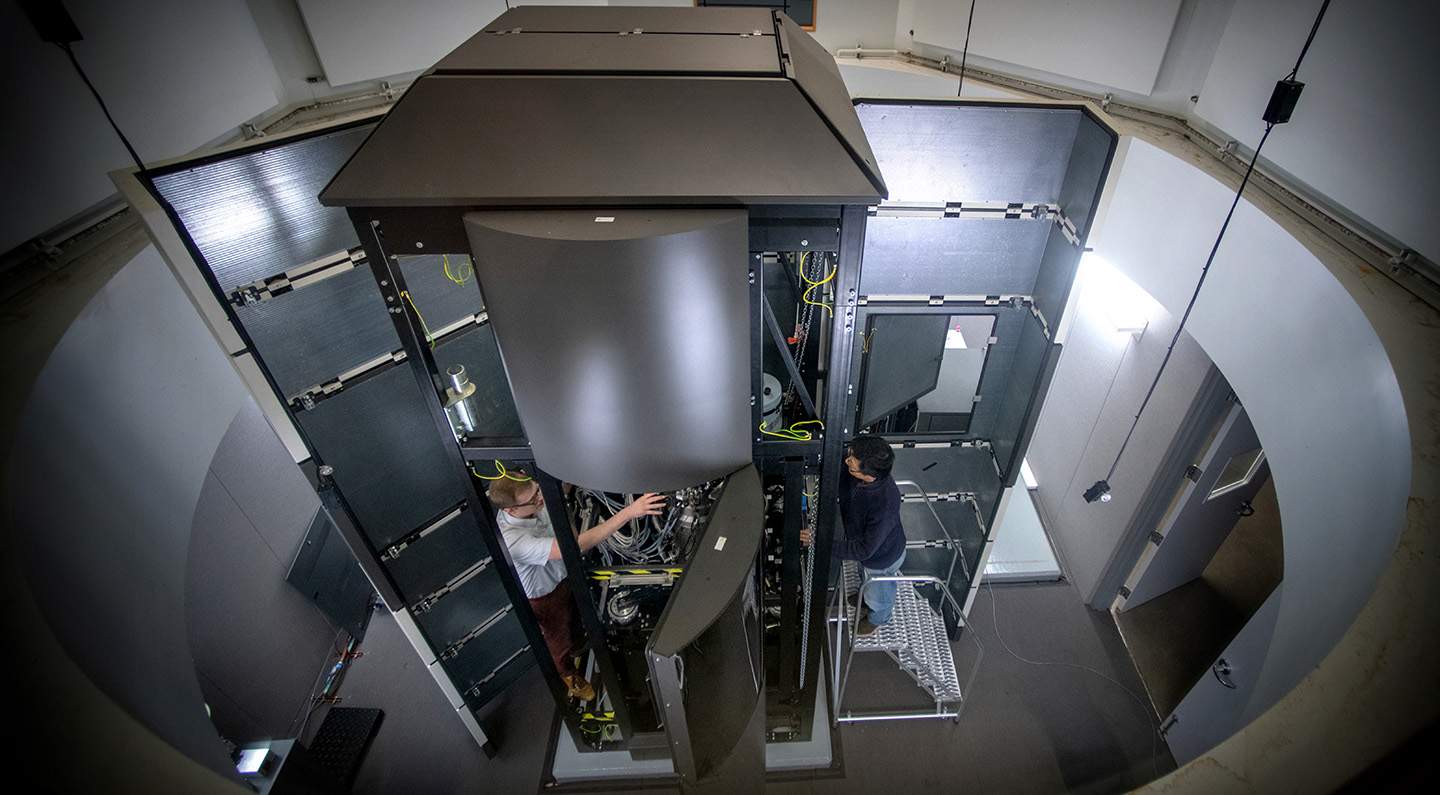
Designing building blocks of quantum technologies: From innovation to understanding
Building on decades of leadership in nanoscience, researchers at the Molecular Foundry are opening new frontiers in our ability to control quantum matter. They’ve developed an innovative method that combines powerful computer modeling with atomic-scale fabrication to engineer quantum defects—tiny, controlled imperfections that could be used in next-generation computing, telecommunications, and sensors.
In a major step toward more reliable quantum computers, Foundry scientists used specialized tools to uncover the source of a common problem called decoherence—random noise that disrupts qubits, the basic units of quantum information. Their precise measurements revealed that most of this interference comes from tiny defects on surfaces inside the qubit. This insight provides a clearer path to designing quieter, more stable quantum devices.
Researchers also recently found that 2D materials—just a few atoms thick—can share electronic signals through common pathways, offering exciting potential for future electronics. In another breakthrough, they created and directly observed highly localized tiny packets of energy in these atomically thin materials—a discovery that could help advance quantum information technologies.

Using robots to create nanoparticles in hours, not weeks
Making advanced nanomaterials used to take weeks of trial and error, leading Molecular Foundry scientists to create a robot called WANDA. WANDA (short for Workstation for Automated Nanomaterial Discovery and Analysis) can quickly mix and test hundreds of nanocrystal samples in just a few days—saving time and supercharging the pace of discovery. Thanks to WANDA, researchers have developed brighter imaging tools for studying the brain, better materials for detecting diseases, and particles that improve the power of microscopes.
A next-generation robot named HERMAN takes things even further. HERMAN can work with a wider variety of materials—including liquids, solids, and hybrids—and can safely heat chemical reactions up to 350°C. Both WANDA and HERMAN are built to learn, with architectures perfectly suited to integrate artificial intelligence for guiding synthesis pathways and analyzing experimental results. Together, WANDA and HERMAN make up part of a high-speed discovery pipeline, allowing scientists to design and test new materials with unprecedented speed and precision.

Revolutionizing device displays and medical imaging tools with quantum dots
At the Molecular Foundry, scientists are pushing the boundaries of what’s possible with quantum dots—tiny particles that glow in different colors depending on their size. These powerful materials are already improving everyday tech by making screens on TVs, tablets, and laptops more vibrant and energy-efficient.
But their potential doesn’t stop there. Building on this discovery, Foundry researchers created upconverting nanoparticles that can turn invisible infrared light into visible light. These ultra-bright and stable particles could be used in medical imaging to help doctors see cells and tissues inside the body more clearly. They’re also being explored for cutting-edge applications in solar energy, brain research, and quantum technologies.
Most recently, scientists at the Foundry have developed the next leap forward: avalanching nanoparticles. These specialized particles create a powerful burst of light from just a tiny input—opening up exciting new possibilities for sharper microscopes, advanced optical computing, and ultra-sensitive nanoscale sensors.
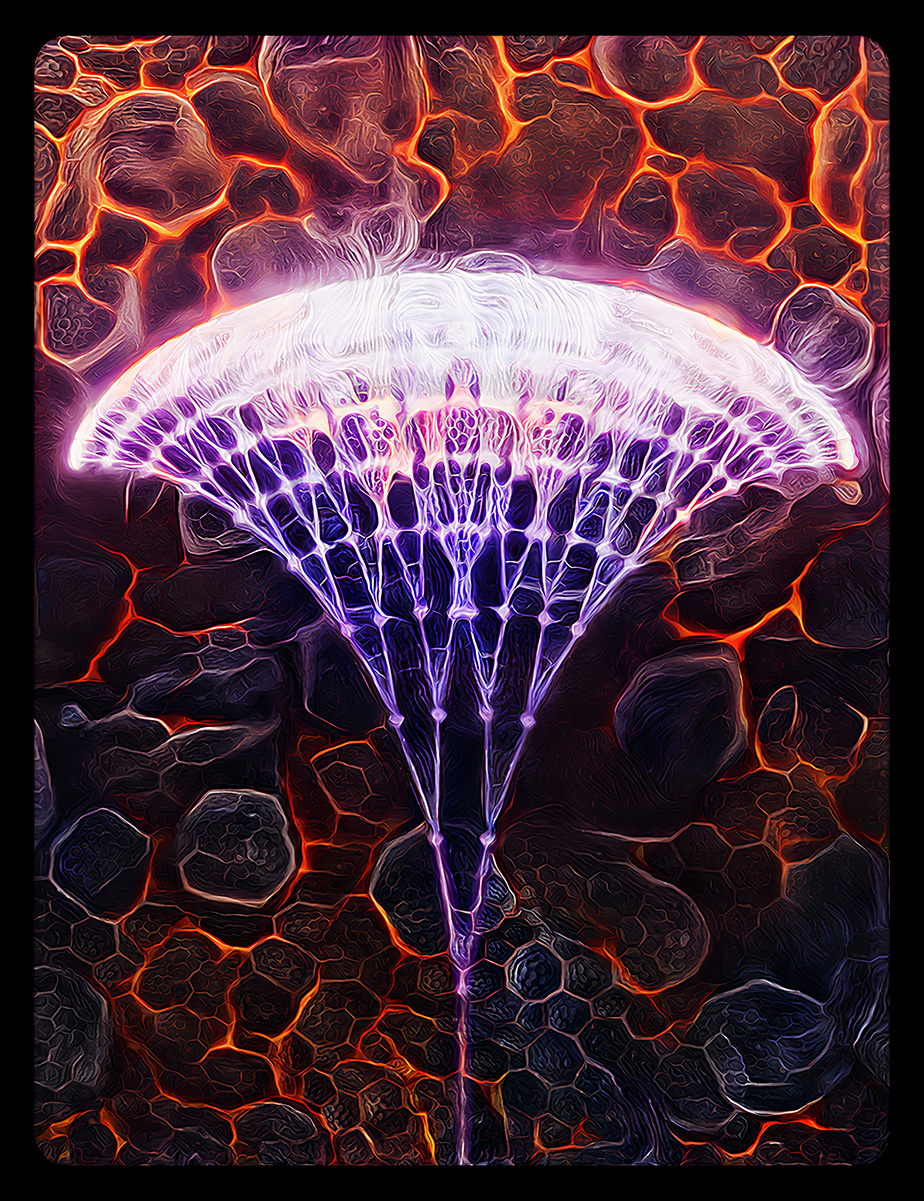
The invention of an infinitely recyclable plastic
Current plastics either can’t be recycled or are limited in how they can be reused. However, Molecular Foundry scientists discovered a new plastic that can be recycled indefinitely. The new material, called poly(diketoenamine) or PDK, can be completely broken down to its original molecular components and remade into new, high-quality products – reducing the amount of plastic sent to landfills.
Taking the innovation a step further, the Foundry team collaborated with other Berkeley Lab scientists to engineer microbes to produce PDK’s key components from plant sugars. They are now working with industry partners to bring this technology to market with promising applications in electronics, automotive parts, and consumer goods.
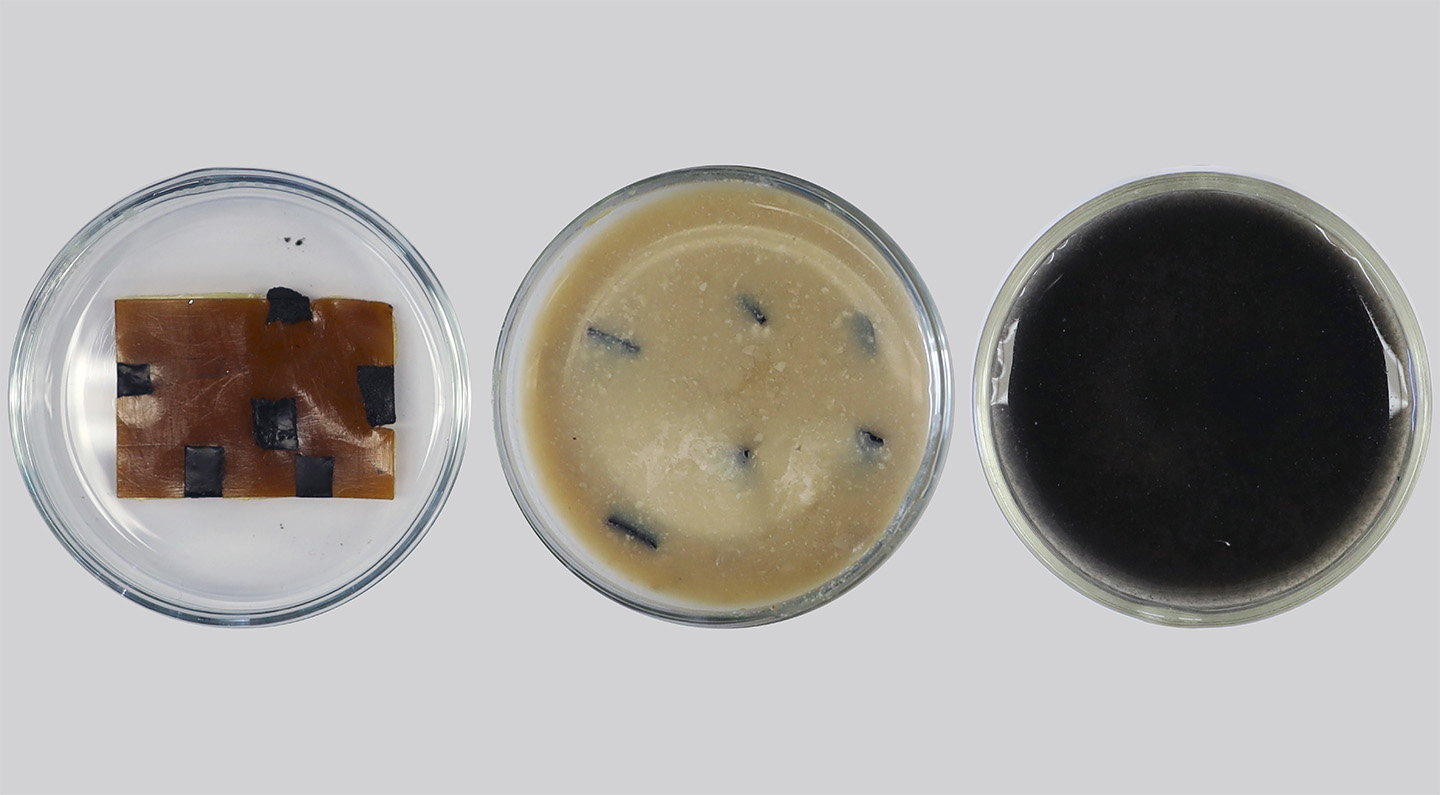
Engineering synthetic proteins to build custom materials
At the Molecular Foundry, scientists discovered how to build special materials called peptoids—protein-like molecules that are strong, customizable, and able to assemble themselves into precise shapes. This breakthrough opened the door to a wide range of real-world uses. For example, peptoids can be designed to deliver medicine directly where it’s needed in the body, reducing side effects and improving patient outcomes. They can also act like “molecular Velcro,” sticking to specific pathogens, which could help detect and treat infections earlier.
In collaboration with industry partners, Foundry researchers are also using peptoids to create a kind of biological “antifreeze” to help preserve organs and other tissues for transplants. And their potential goes far beyond medicine—they could also help create better catalysts, build next-gen computer chips, and much more.

These achievements represent just a fraction of the contributions made possible by Berkeley Lab’s Molecular Foundry. For nearly twenty years, the Foundry has played a pivotal role in advancing science at the nanoscale. By equipping researchers with state-of-the-art tools and deep expertise, it has enabled breakthroughs that ripple across all disciplines—from medicine and computing to energy and manufacturing. The Foundry’s impact highlights the power of investing in fundamental scientific infrastructure to drive innovation and address global challenges.
###
Lawrence Berkeley National Laboratory (Berkeley Lab) is committed to groundbreaking research focused on discovery science and solutions for abundant and reliable energy supplies. The lab’s expertise spans materials, chemistry, physics, biology, earth and environmental science, mathematics, and computing. Researchers from around the world rely on the lab’s world-class scientific facilities for their own pioneering research. Founded in 1931 on the belief that the biggest problems are best addressed by teams, Berkeley Lab and its scientists have been recognized with 16 Nobel Prizes. Berkeley Lab is a multiprogram national laboratory managed by the University of California for the U.S. Department of Energy’s Office of Science.
DOE’s Office of Science is the single largest supporter of basic research in the physical sciences in the United States, and is working to address some of the most pressing challenges of our time. For more information, please visit energy.gov/science.
